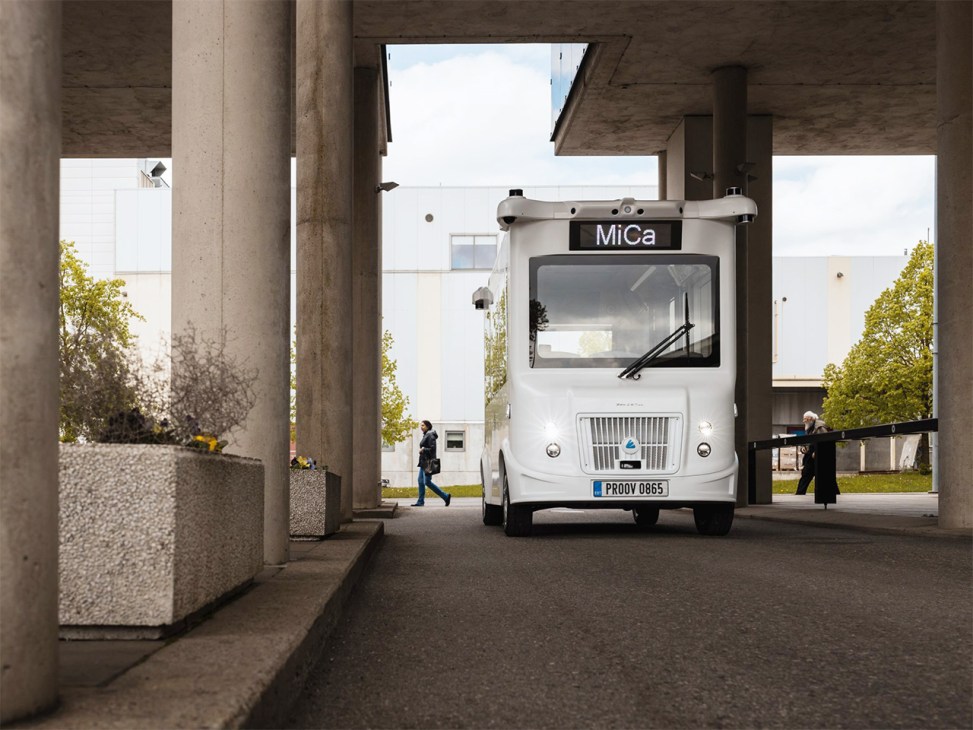How driverless taxis and remote-controlled cars have shifted into Estonia’s fast lane
Estonia’s transport sector is gaining ground. Here are three firms moving the global-mobility debate.
Auve Tech: Autonomous last-mile shuttles
“These shuttles are essential for getting more people to use public transport,” says Silver Kalve, Auve Tech’s vice president of business development. The firm’s MiCa 2.0 shuttle – a fully electric, low-speed vehicle – eliminates the need for a driver. The cars use lidar (laser-based range detection) and camera fusion combined with AI to identify objects and predict where they will move next. The firm itself has plans to make moves globally, and the fleet is now operating on four continents and road legal in 15 countries. “Estonia has an innovation-driven mindset, along with a very strong digital society,” Kalve tells Monocle. “Autonomous vehicles were allowed on our roads as early as 2017.”

Bolt: Driverless taxis
Operating in 51 countries and with a €2bn annual revenue last year, ride-hailing company Bolt is planning to integrate autonomous vehicles into its platform by 2026. “We see long-term potential,” says Jevgeni Kabanov, Bolt’s president and head of their autonomous vehicle workstream. “[Though] still in their infancy, autonomous vehicles are going to transform how people live and move around cities.” Kabanov is convinced that Estonia’s digital-first attitude makes it a “natural hub for innovation.” But he is also mindful of how the shift to driverless cars might affect Bolt’s drivers. “They’re the backbone of our platform and power local economies.”
Elmo: For a car that’s roadworthy and remote-controlled
The firm behind the world’s first road-legal tele-driving technology, achieved a breakthrough in 2024 with its AI-powered SOS braking system. Remote-driven vehicles can now operate without a safety driver at higher speeds and no area restrictions. Launched in Estonia and Finland, Elmo’s technology is now operating on public roads in cities including Paris, Amsterdam and Los Angeles. A practical alternative to fully autonomous vehicles with lower hardware and deployment costs.
Read next: Why small electric vehicles are making a big impression in Cuba


